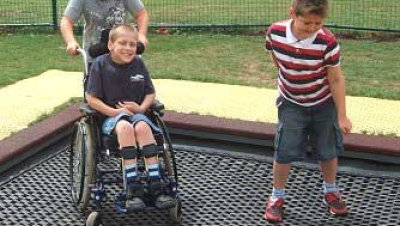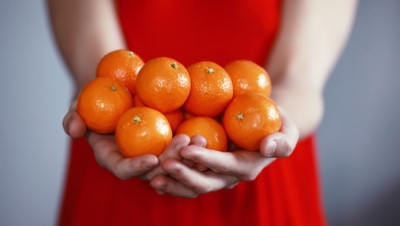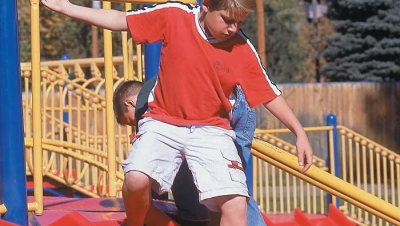Play is important for children, especially for children with ADHD. For all children, play is a means of using their creativity at the same time as they develop fundamental skills including imagination, dexterity, and strength. They develop not only physical strength but also cognitive and emotional strength. Moreover, when children play, they learn ways to work in groups and face future challenges.
But why is play so important for children with ADHD? To fully understand we must first look at ADHD.
What is ADHD?
ADHD stands for attention-deficit/hyperactivity disorder. It is also commonly known as ADD or attention deficit disorder. ADHD is a neurodevelopmental disorder that usually starts in childhood. Children with this disorder often have trouble with their ability to pay attention and are overly active. Typical signs of ADHD are difficulty getting along with others, talking too much, and fidgeting among others.
What Play Does for Kids with ADHD
Play can help kids with ADHD in a number of ways. It can not only help them to use up some of their excess energy but can also allow them to improve their sleep, increase their focus, and improve their impulse control. Playing, especially active play, can help all children to do these things but is most helpful to children with attention-deficit/hyperactivity disorder.
-
Uses Up Excess Energy
For children living with ADHD, over activeness is one of the main symptoms of the disorder. By giving the child an active play routine, you allow them to make use of this excess energy in a useful and productive way.
Kids with ADHD have found that their excess energy levels are used up by active play and this is combined with the other benefits of play to help them live a more productive life.
-
Improves Sleep
Often ADHD and sleep problems go hand in hand. There are many ways that ADHD affects sleep including causing insomnia and an inaccurate sleep-wake cycle. By introducing more active play into the life of your child with the disorder, you allow them to use up the extra energy that they have that can cause an inability to sleep and also improve the quality of their sleep. This is because exercise, which is what playtime is for children, improves the brain’s ability to get deep sleep.
-
3. Increases Focus
According to some sources, kids with ADHD may have decreased blood flow to the parts of the brain that are associated with thinking, planning, emotions, and behavior. These four factors combine together in the brain with ADHD to decrease focus. However, by engaging in active play, you can increase blood flow to these areas and thus increase their ability to pay attention and focus on tasks.
Additionally, should you choose to engage in a more structured form of active play, like baseball or even bike riding, you can train the brain to recognize structure that can help your child inside the classroom where ADHD usually causes problems.
-
Improves Impulse Control
Active play helps provide changes to the brain that improve thinking ability, behavior, and attention. Often children with ADHD have trouble with their ability to control their impulses. This is often due to not thinking over the consequences of the action, being unable to pay attention to the needs of others, or feeling like they do not have control over their actions.
This leads to behaviors that are unwanted. By encouraging active play there are improvements not only to the blood vessels of the brain but also to the areas of the brain associated with behavior and attention. These improvements due to active play can be seen well past the playground and in areas where impulse control is more necessary, like in the classroom.
Overall, the more active and creative the time spent in play the more benefits the child with or without ADHD will see. Playtime is exceptionally beneficial to children and allows them to interact with their world and learn things all while having fun.







